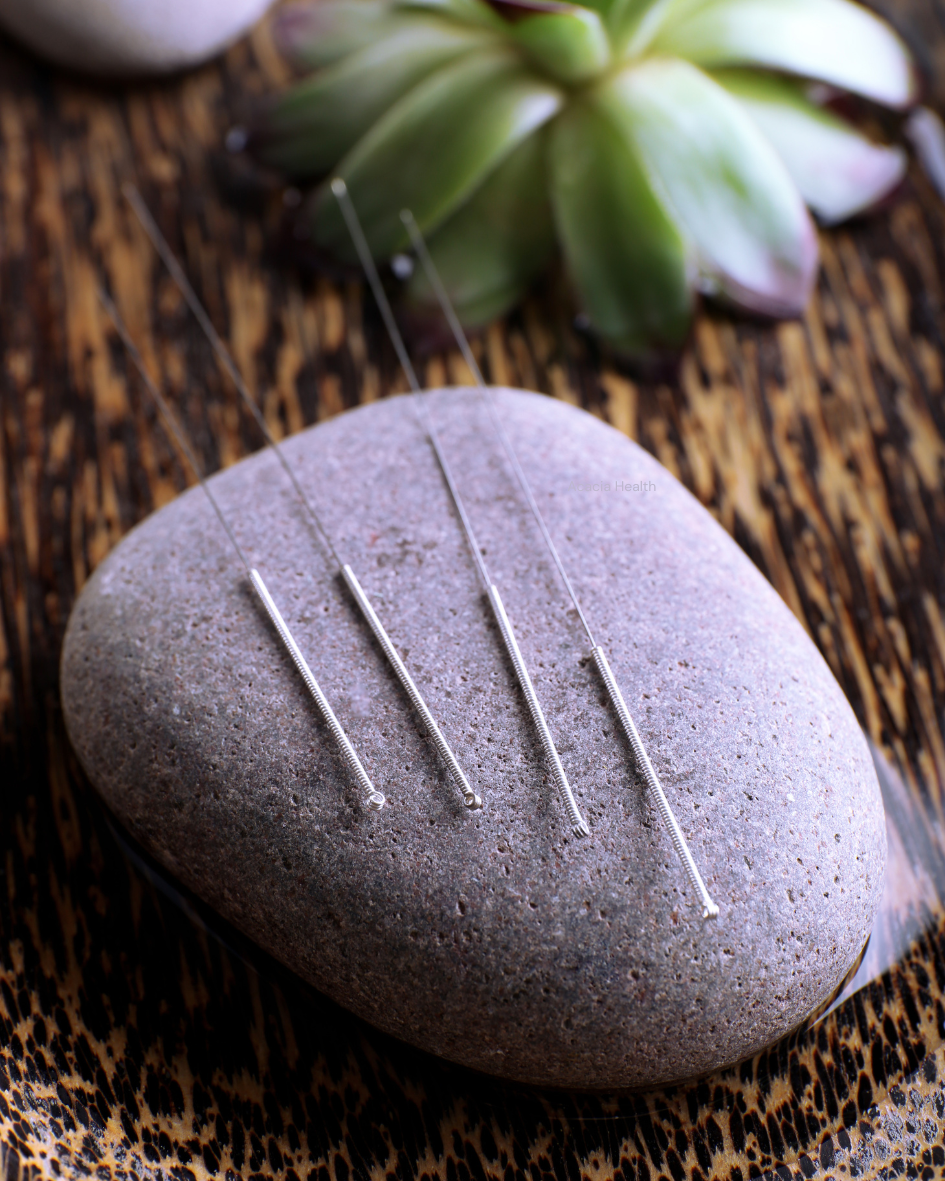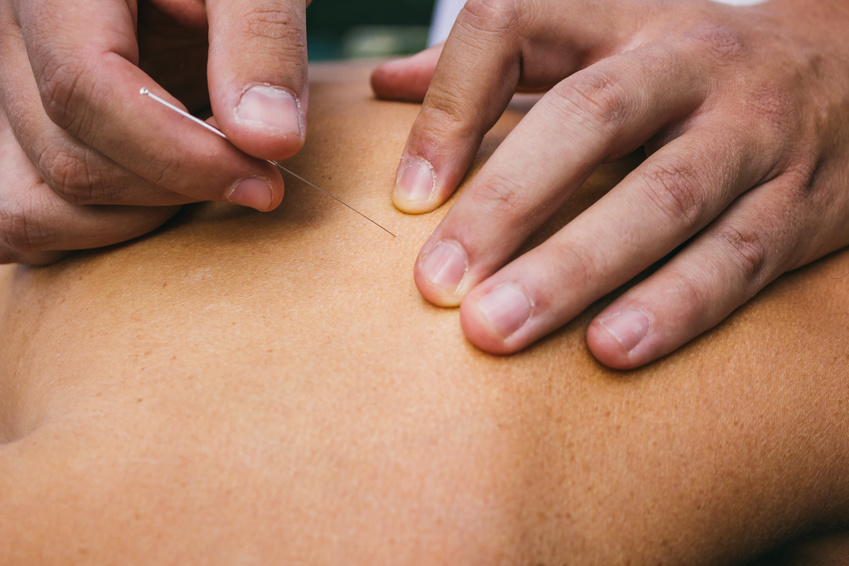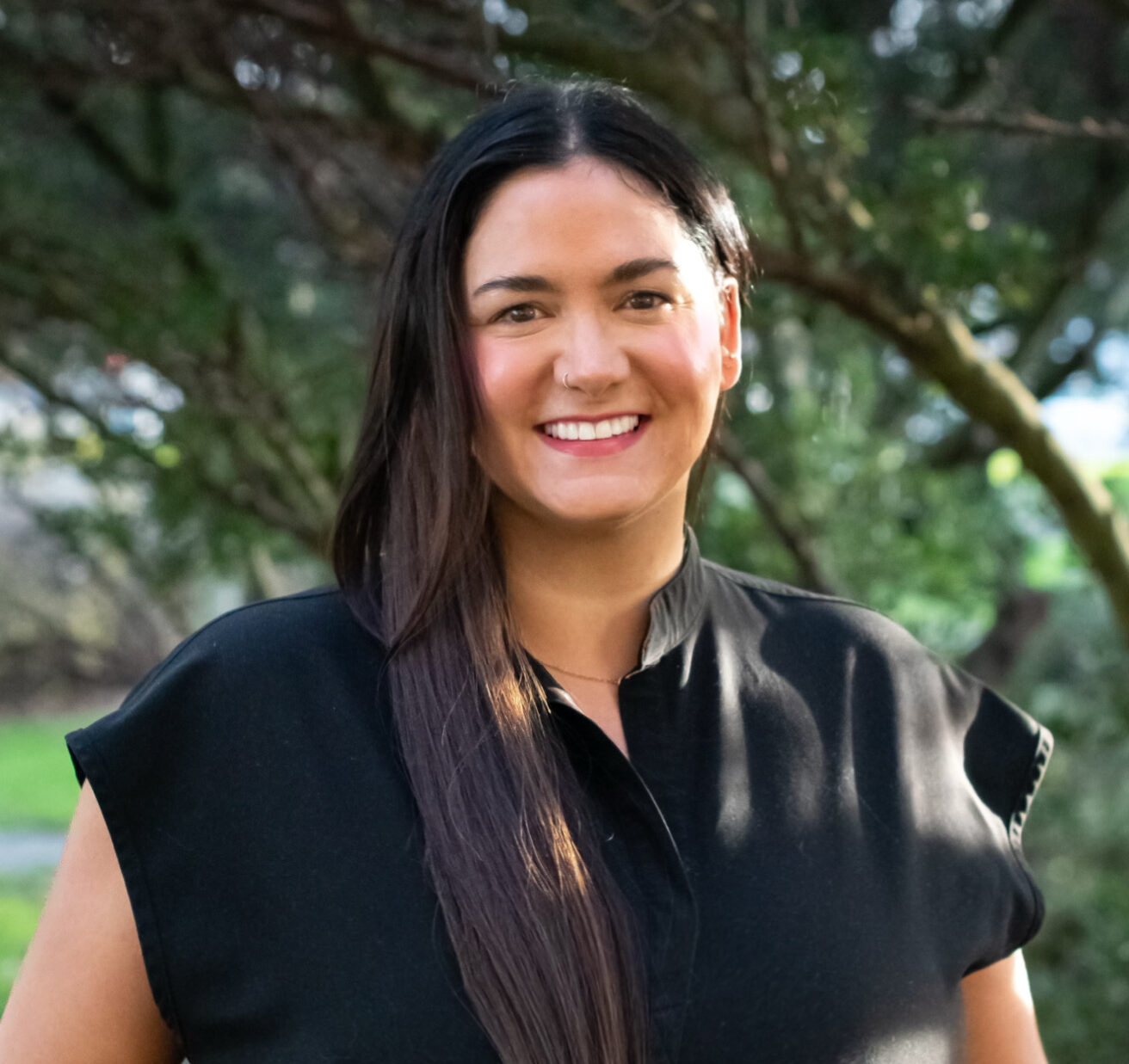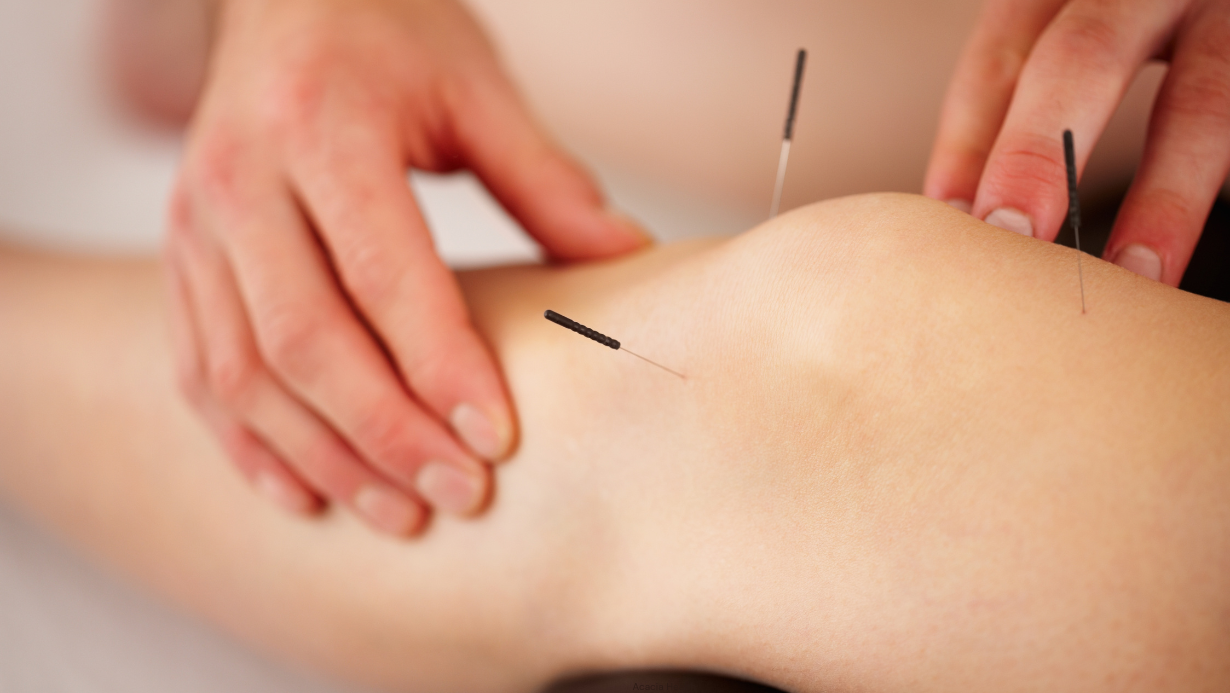There are many ways to use fine needles to relieve pain, release tight muscles, and support healing. At Acacia Health in Victoria, BC, our clinicians use evidence-informed approaches like IMS (Intramuscular Stimulation), Dry Needling, and Traditional Acupuncture to help patients move more freely and feel better. One of our acupuncturists even offers a therapy called Neuro Acupuncture!
While these techniques may look similar at first glance, they differ in their goals, methods, and underlying philosophies. Understanding how each works can help you choose the right approach for your needs.

The Needles: Subtle but Important Differences
All three methods use very fine, sterile needles—typically much thinner than the needles used for injections or vaccines.
- IMS needles are often slightly thicker, as they are designed to stimulate muscle tissue directly.
- Dry needling and acupuncture needles are typically thinner, making them comfortable for superficial or gentle insertions.
Regardless of the method, all treatments use single-use, sterile, medical-grade needles.
Dry Needling: Targeting Trigger Points
Dry needling is a technique used by physiotherapists and other trained clinicians to treat trigger points—tight, tender knots in muscle tissue that can cause pain or restrict movement.
A fine needle is inserted directly into the trigger point to create a small, localized muscle twitch. This twitch response helps release tension and reset muscle tone. The result is often a noticeable reduction in pain and improved mobility.
Dry needling is focused on mechanical muscle release rather than the traditional energetic or systemic theories used in acupuncture. While it can cause temporary soreness, this usually subsides within a day or two, leaving muscles looser and more responsive.
IMS (Intramuscular Stimulation): Treating Nerve-Related Pain
Intramuscular Stimulation (IMS) builds on the foundations of dry needling but expands it into a complete diagnostic and therapeutic system. Developed by Dr. Chan Gunn, IMS specifically targets chronic pain of neuropathic origin—pain caused by irritated or hypersensitive nerves rather than injury to the muscle itself.
When a nerve becomes overly sensitive, it can send pain signals even without tissue damage. This sensitivity causes muscles to shorten and tighten, leading to stiffness, discomfort, and restricted movement.
IMS practitioners are trained to identify these patterns through a detailed physical examination. Treatment involves inserting a fine needle into the affected muscles or near the irritated nerve roots along the spine. Each needle remains in place briefly—usually just a few seconds—but can cause a deep, cramping sensation as the muscle releases.
Although mild soreness is common after an IMS session, patients often report significant relief within 24–48 hours, including reduced pain, improved mobility, and better function.
Traditional Acupuncture: Balancing the Body
Traditional acupuncture is rooted in Traditional Chinese Medicine (TCM) and focuses on restoring balance and flow within the body’s energetic pathways, known as meridians.
Acupuncturists select needle points based on diagnostic patterns that consider the whole person—physical, emotional, and energetic. The goal is to stimulate the body’s natural healing response, encouraging the release of endorphins and anti-inflammatory chemicals.
Acupuncture needles are typically left in place for 15–30 minutes, and treatments are generally very gentle. People often describe the experience as deeply relaxing, with benefits that extend beyond local pain relief—supporting stress reduction, improved sleep, and overall well-being.
Choosing the Right Approach
While all three methods use similar tools, the choice between IMS, dry needling, or acupuncture depends on your goals and the nature of your pain:
- Dry Needling: Effective for local muscle tension and mechanical trigger points.
- IMS: Best suited for nerve-related or chronic pain with widespread muscle tightness.
- Acupuncture: Ideal for whole-body balance, systemic effects, or when emotional and physical stress overlap.
At Acacia Health in Victoria, BC, our multidisciplinary team includes Registered Massage Therapists, Physiotherapists, and Acupuncturists who collaborate to find the best fit for your individual situation.
Evidence and Research
Scientific studies continue to explore how these needling therapies work:
- Dry needling has been shown to improve pain intensity and muscle function in myofascial pain syndromes (Cummings & White, 2001, BMJ).
- IMS has demonstrated benefits for chronic neuropathic pain and musculoskeletal dysfunction (Gunn, 1997, CMAJ).
- Acupuncture has been validated for a wide range of conditions, including chronic pain, headache, and osteoarthritis, according to a comprehensive NIH consensus statement and numerous systematic reviews (Vickers et al., 2018, J Pain).
While mechanisms differ, each approach can play a role in reducing pain, improving movement, and supporting your body’s natural healing processes.
If You’re Curious About Trying It
Whether you’re exploring IMS, dry needling, or acupuncture, in Victoria our clinicians at Acacia Health are happy to discuss which approach might suit you best. Each therapy is performed by a licensed practitioner with specific training and experience.
If pain or tension has been holding you back, sometimes one small needle can start making a big difference.




